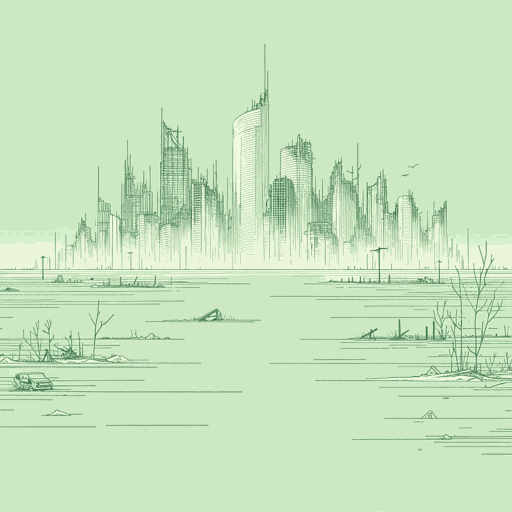52 pages • 1 hour read
Alan WeismanThe World Without Us
Nonfiction | Book | Adult | Published in 2007A modern alternative to SparkNotes and CliffsNotes, SuperSummary offers high-quality Study Guides with detailed chapter summaries and analysis of major themes, characters, and more.
Part 1, Chapters 4-6Chapter Summaries & Analyses
Part 1, Chapter 4 Summary: “The World Just Before Us”
New York emerged from the last ice age 11,000 years ago. Based on the historical pattern, another ice age should be imminent as of the book’s writing. However, the massive amounts of carbon dioxide humans have added to Earth’s atmosphere through industrialization have delayed its onset by at least 15,000 years. Once humans are gone, it will take at least 100,000 years for the geologic cycle to reduce atmospheric carbon dioxide to prehuman levels.
Weisman changes topics with a question: “[I]f we disappeared, would—or could—we, or something equally complicated, happen again?” (42). By way of an answer, Weisman briefly outlines the evolution of humans in the Great African Rift Valley: Chimpanzee-like apes driven by food scarcity venture out of the jungle onto the savanna, evolving into bipedal hominids and then Homo sapiens, who spread out of Africa through Asia, inventing agriculture in the Middle East and finally crossing an interglacial land bridge to Alaska and the Americas. In a posthuman Africa, Weisman wonders whether chimpanzees or bonobos—humans’ closest genetic relatives—might follow a similar evolutionary path again, developing humanlike intelligence. Expanding forests would most likely provide ample habitat for them to thrive without coming down out of the trees, at least until the next ice age reshaped the planet again.

